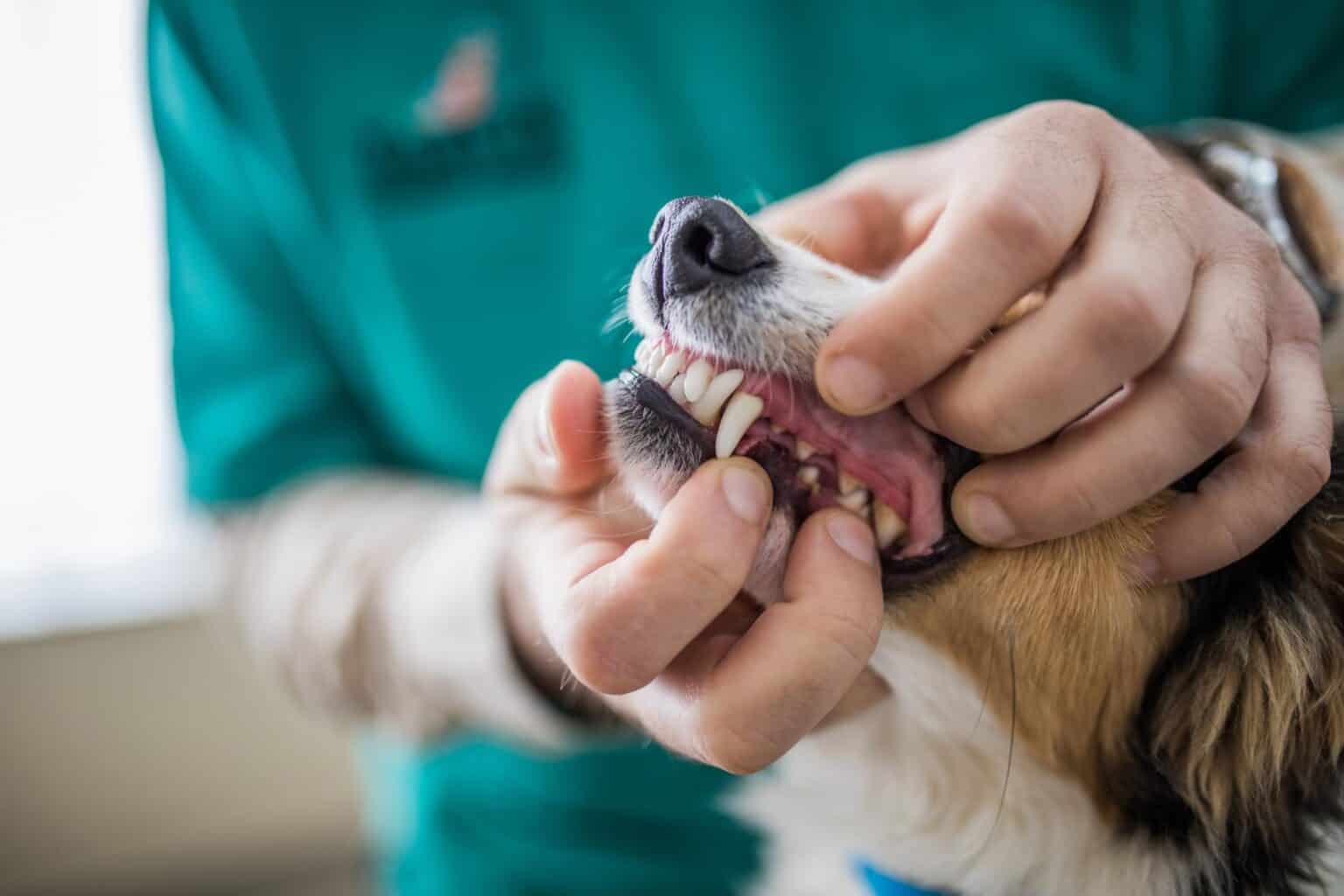Preventing and Managing Tooth Resorption in Cats and Dogs

There are many ways to promote healthy teeth and gums in pets, but it can be challenging to know when or how to get started. It’s never too early or too late to make a positive impact on a pet’s teeth and gums. The more a pet owner knows about potential dental conditions, the greater chance of preventing and/or treating them.
February marks National Pet Dental Health Month, and tooth resorption in cats and dogs is just one important dental issue to learn about. As a way to achieve optimal pet dental health, BEEVET can help owners recognize the signs of tooth resorption and when to get help for a pet.
A Look at Anatomy
Every tooth has an interior chamber called a root canal. Made of nerves, blood and lymphatic vessels, the chamber is surrounded by dentin, a bony structure that creates the tooth’s structure. Tooth resorption occurs when the dentin of one or more teeth erodes to the point of no return, creating a lesion. Left alone, tooth resorption can impact all of the structures in and around the teeth.
The Far and Wide
Tooth resorption was previously referred to by other names, including:
- Feline odontoclastic resorptive lesion (but it doesn’t just affect cats!)
- Cervical line or neck lesion (because of the location at the “neck” of the tooth)
- Caries or cavities
The exact cause of tooth resorption is not fully known, but it is fairly common, affecting 20-60% of pets. There are several stages of resorption that depend on the location (either root or crown, or both) and severity of the lesion.
When to Intervene
Tooth resorption is progressive. Noticeable signs include:
- Loss of appetite
- Food avoidance
- Dropping food
- Eating without chewing
- Sudden preference for wet or moist food.
- A pet may also tilt their head while eating as a way to chew on the unaffected side of their mouth
Tooth resorption can be detected with dental tools. However, in order to assess the extent of damage caused by tooth resorption, digital X-rays may be necessary.
- Treatment involves tooth extraction under general anesthesia.
- Many pets recover fairly quickly and, without having to deal with pain, bounce back completely despite missing teeth.
- Certain changes may be helpful to a pet’s diet, such as prescription foods or gradually substituting wet, canned food for dry, crunchy kibble.
- Ongoing professional dental care is critical to the prevention of future inflammatory issues in the mouth and recurrence of resorptive lesions.
Pet Dental Care
At BEEVET Animal Hospital, our staff encourages every pet owner to take extra good care of their pet’s teeth and gums. By creating a daily routine that includes tooth brushing, dental treats, and even water additives, pet owners help their best friends achieve overall health.
Regular wellness checks, advanced diagnostics, annual cleanings under anesthesia, and digital X-rays are just as important as home care. If we can assist you with questions about a pet’s teeth, please call us at (512) 263-9292.
